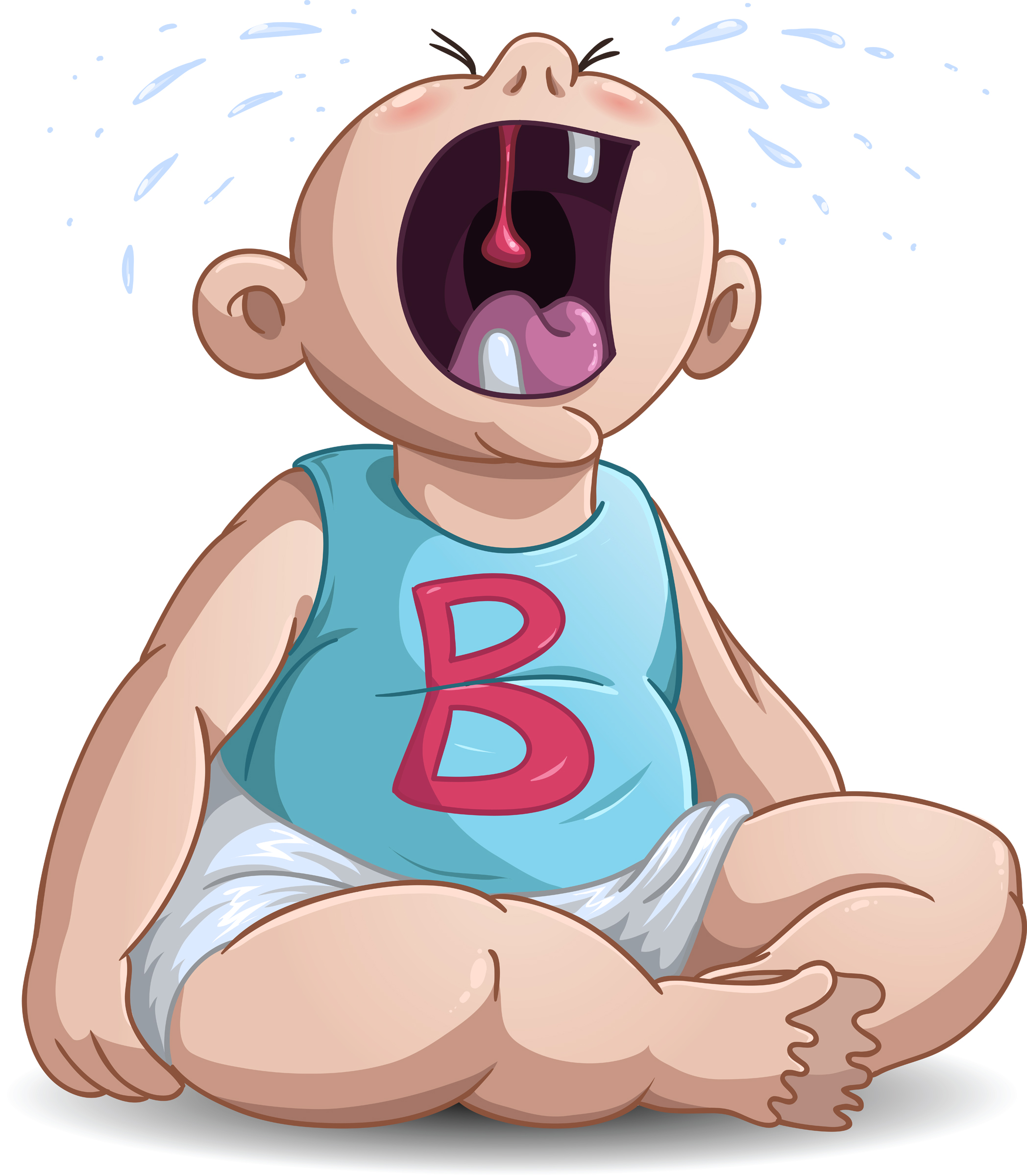This is a story — not just any story, but our story — yours and mine. It’s the story of our lives, the story of our people. It’s an old story, yet a new story. Only the faces and places have changed. The plot remains eternally the same. It’s the story of the Creator reaching out to humans, who struggle to accept his love, yet who end up largely refusing it. It’s a never-ending cycle going from one generation to the next.
This story started a long time ago. When in Egypt, the children of Israel were in tune spiritually to the rhythms and beat of Egypt (a biblical metaphor for this world).
YHVH led the Israelites out of Egypt into the quietude of the wilderness. The Hebrew word for wilderness is midbar and is from dabar meaning “to speak, declare, converse” and is related the word d’bar meaning “to hear.” Thus, one could say that YHVH led the Israelites into the wilderness to hear him speak his word, and to enter into conversation with him — an impossibility in the noise and confusion of the environment of Egypt where man is at the center of everything and a lot is going on. The wilderness was a sterile and neutral environment devoid of the noise and confusion of man-made stuff.
The first place YHVH brought the Israelites to was the foot of Mount Sinai so he could speak to them face to face.
Before they could hear him, they had to prepare themselves. They had to make themselves clean and set apart from the physical and carnal impurities and distractions of the world and the flesh, which impede one’s ability to hear YHVH -— to connect with their Creator (Exod 19).
YHVH spoke to them, but it was too much for them to hear. It frightened them because they weren’t ready to hear him and to get their lives in sync with his Word — the Torah (Exod 20:19). They still had too much carnality in them. They were still too much in tune Continue reading





